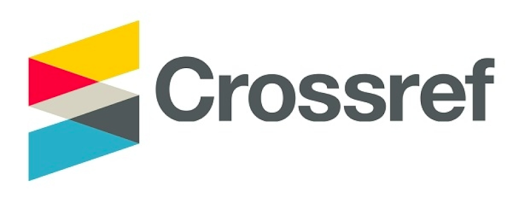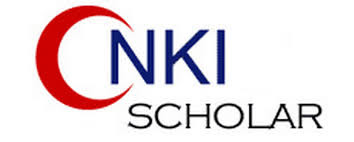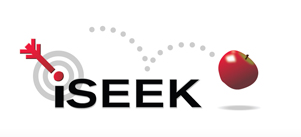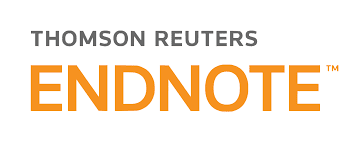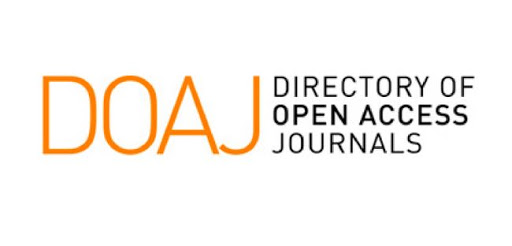Paper ID : SMJ0311205410162 | View : 17

Abstract : The purpose of this study was to assess the precision of computer assisted guide (CAG) for mandibular fracture reduction in comparison to the use of arch bar. Patients and Methods: Thirty patients with fractured mandible were included and grouped into two groups; group (I) treated by conventional method and group (II) treated using CAG. A preoperative multi-slice computed tomography (CT) scan was performed for all patients. Based on CT, three-dimensional reconstruction and virtual reduction of the mandibular fracture segments were done, and a CAG was designed on reduced inferior border and exported as Standard Tessellation Language (STL) file. The CAG was then made-up using a printing machine. Open reduction and internal fixation for the fractured segments of all patients was done. For group (I) arch bar was used to maintain occlusion while CAG was used for anatomical reduction in group (II). Postoperative CT was performed within 7 days and linear measurements were analyzed with the virtually planned preoperative reduced mandibles. Results: Both groups compared by measuring mediolateral measurements at three points (coronoid, lingula and inferior border) to the sagittal plane bilaterally; and measuring the anteroposterior distances between two points the lingula and pogonion bilaterally. The results showed that the treatment for CAG group was comparable to the conventional group with no significant statistical difference in linear measurements. Conclusions:

